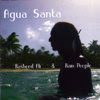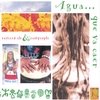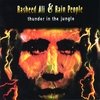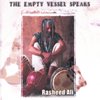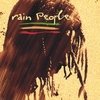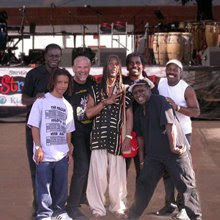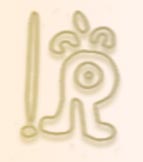




Today I was informed of Walter Booker's passing after a long illness. His enormous impact on my most impressionable teenage years cannot be quantified by me. He helped me and an entire generation of young New york musicians develop an understanding of recording and he provided us with a musical playground with which to grow our self-expression.
In all of our lives there are teachers and mentors. In my life, one of the most influential and inspiring human beings was Mr. Walter Booker. He was a superb bass player, an innovative genius and a free-thinker whose intellect knew no boundaries. A man who was equally comfortable talking physics and Buckminster Fuller as he was talking about quarter notes.
One of Walter's crowning achievements in life was Boogie Woogie Studio which he built in his New York City apartment! The studio was a marvel of ingenuity that converted an unassuming apartment into a creative haven for some of the greatest jazz musicians in the world. Walter managed to build a Studio-A and a Studio-B, both equipped with control rooms. The soundproofing alone was a feat of modern engineering! Never did we musicians fear the wrath of irate neighbors because Walter's studio was a work of near perfection.
Boogie Woogie Studios was a fully equipped home studio long before home studios were invented. It was also the home of my high school band; Natural Essence. We rehearsed there several times a week and eventually many of us lived there. We all slept on the studio floor at some point. Boogie Woogie gave us a chance to "eat, sleep and drink music".
Young basketball players need a gym but young musicians need a studio, a place to work things out. Walter Booker's Boogie Woogie Studios provided all of us kids with a safe place to grow. We were not only closer to the music and the equipment, we were closer to the older musicians who were Booker's peers. A who's who of jazz greats that came to the studio to rehearse and record including; Wayne Shorter, Joe Zawinul, Herbie Hancock, Flora Purim & Airto Moreira, Freddie Hubbard, Stanley Clarke and many, many more. Miles Davis would come through and so would Richard Pryor. His place was a creative lab for many musicians. I witnessed many magical moments in that converted apartment that helped transform my life.
Boogie Woogie was at the epicentre of some seismic musical upheavals and we kids were there to participate and observe. I learned as much about life from hanging out with the "old heads" (the seasoned jazz musicians) as I did about music. These were black men who had circled the globe with their musical talent, their worldliness was never lost upon my inner city sensibilities. Eventually, we all had a chance to record with the great musicians we held in high esteem. Like some old boxing gym where wide-eyed hope fulls get a chance to train side by side with champions, Boogie Woogie served history. In our hearts today there is gratitude for a gracious man who gave much more than he took. That is always the true measurement of a man.
We called him "Uncle Bookie" because he really treated us like his family.
______________________________________________________________
Walter Booker was born in Prairie View, Texas in 1933 and moved with his family to Washington, D.C. in the mid 1940s. It was not until 1959, at the age of 26, that Bookie began playing the bass while in the army (serving side-by-side in the same unit with Elvis Presley). Shortly after leaving the service, he became a member of Andrew White’s JFK Quintet, a group of young D.C. musicians accomplished enough to attract the attention of Cannonball Adderley, who produced a recording for them. Bookie’s next gig was to tour the
n 1964 Bookie moved to
In 1969 Bookie was invited to join the Cannonball Adderly Quintet, an association which lasted until Cannonball’s untimely death in 1975. Also during that time he designed, built, and ran Boogie Woogie Studio, a mecca for musicians from all over the world.
From 1975 to 1981 Walter was Sarah Vaughan’s bassist and continued to produce recordings at his studio. He and the studio helped shape a number of up-and-coming young groups, including Natural Essence. And he became deeply involved with Brazilian music, ultimately forming Love Carnival and Dreams, one of the more successful Brazilian jazz groups on the
During his long and fruitful career he played the bass with many great artist, including; Joe Zawinul, Chick Corea, Wayne Shorter and Pharoah Sanders.

















